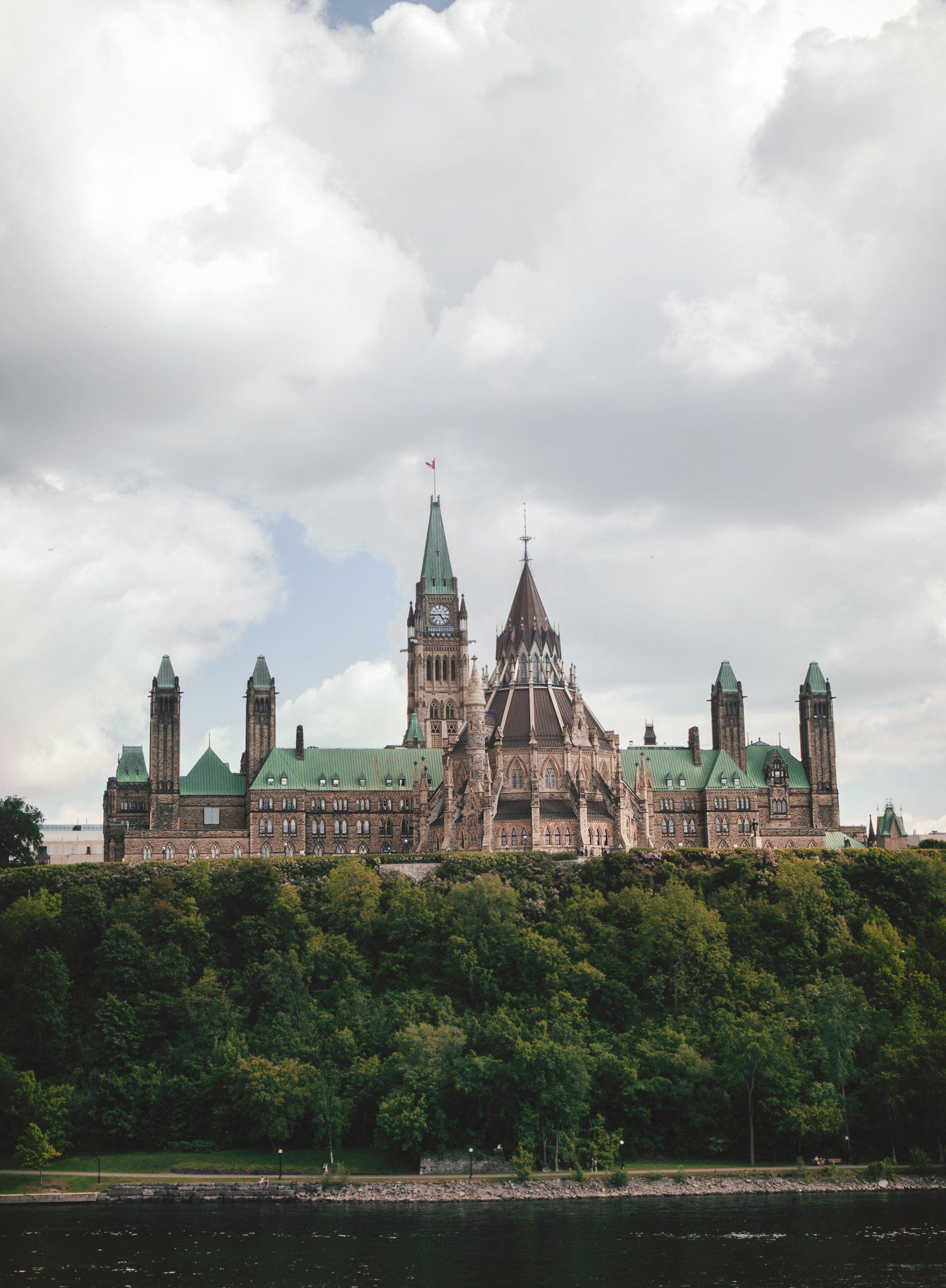All Sizzle, No Steak?
How Do Plant-Based Meat Alternatives Compare?
People have long been finding ways to reduce the amount of meat they consume. However, until recently, many of the plant-based meat alternatives available have struggled to gain popularity. Many lacked the taste, texture, look, and feel of traditional meat, and they were often left to vegetarians or vegans who avoided meat and animal products altogether.
That’s changed in the past decade as new plant-based meat alternatives have come to market. Today, nearly two-thirds of Americans have eaten a plant-based meat product in the past year, and 20 percent consume a plant-based meat product at least weekly. As the quality of these products improves, they are becoming more widely available, affordable, and socially acceptable to eat.
Despite this recent surge, traditional meat is still far more popular. In 2020, the global meat sector was valued at $838 billion. In comparison, the global meat substitutes market was valued at only $6.67 billion. This is expected to grow to $16.7 billion by 2026 – rapid growth, but still a drop in the bucket of the estimated $1.15 trillion meat market by 2025.
China, the U.S., and Brazil are the world’s largest meat producers with a combined total of more than 164 million tons produced each year. European countries such as Germany, Poland, and the Netherlands lead the way in terms of plant-based innovation, with European consumers generally more receptive to alternatives than Americans.
As more consumers turn to plant-based meats for at least a portion of their meals, how do these products compare to meat, and what are the advantages and disadvantages when it comes to health, environmental impact, and consumer preferences?
Advantages of Plant-Based Meat Alternatives
Far Lower Greenhouse Gas Emissions Than Meat
The United Nations Food and Agriculture Organization reports that meat and dairy products account for around 14.5 percent of global greenhouse gas (GHG) emissions. A recent study in Nature also found that animal agriculture accounts for 57 percent of global food production emissions. Much of this is in the form of methane, which generates as much as 28 - 34 times more warming than an equivalent level of carbon dioxide (CO2). In the US, domestic animals, mostly cows, are among the largest emitters of methane, accounting for more than 27 percent of total methane emissions and placing second only to natural gas and petroleum production.
The plants that go into meat alternatives, mostly soy, peas, wheat gluten, mushrooms, or some other mix of these proteins, emit far fewer GHGs and have significantly less impact on their surrounding environment. As a result, plant-based meat emits between 30 and 90 percent less GHG than conventional meat.
Less Land, Water, and Resource Intensive
Animal production requires a massive amount of land, water, and resources. Today, around 50 percent of habitable land is used for agriculture. Within this 50 percent, animal agriculture requires around 77 percent of all agricultural land. This is despite the fact that only 17 percent of our total food supply is made up of meat.
Meat production not only requires land for the animals themselves, but it also requires large amounts of land dedicated to growing animal feed. While land is needed to grow crops and the plants that go into plant-based meats, 75 percent of the global soy crop is used to feed livestock. Allocating more of this to human consumption by reducing the amount of meat in our diets can reduce the amount of land needed for farming.
Likewise, animal agriculture is incredibly water-intensive, and this will have significant implications as weather patterns shift and water becomes more scarce due to a changing climate. Plant-based meat uses between 72 and 99 percent less water than traditional meat. One study found that the total water footprint, the amount of water used across the entire production process, of a 150 g soy burger is 158 liters, far lower than the 2350 liters needed for a 150 g beef burger.
Plant-Based Meat Can Be A Healthier Choice
Plant-based meat may lead to fewer health risks than traditional meat. For example, a 2020 study found that plant-based meat is richer in fiber and that consuming plant-based alternatives reduced cholesterol and saturated fats.
Products like the Impossible Whopper, the plant-based version of Burger King’s famous Whopper, have significantly fewer calories, fats, and cholesterol. Meat alternatives can also be grown without antibiotics.
The potential health benefits are among the top reasons consumers are switching from meat. In a recent survey, 39 percent of respondents ranked healthfulness in the top three reasons they ate plant-based products.
Disadvantages of Plant-Based Meat Alternatives
Consumer Tastes and Culture
Despite the recent improvement in plant-based alternatives and the continued innovation, many consumers still prefer the look, feel, and taste of meat and are hesitant to shift away from what they already know. One study compared responses to a blind taste test of 100 percent beef patties, a blended patty containing a mix of 70 percent beef and 30 percent plant protein, and a plant-based patty. Consumers consistently preferred the beef patty and were willing to pay more compared to the other choices.
Cultural differences will also play a role in consumers’ willingness to move away from meat. As mentioned, consumers in European countries are embracing meat alternatives faster than those in the US where eating meat is widely seen as part of the culture. One study found that consumers do not feel alternatives are appropriate for every meal, limiting their potential to be fully substituted in the near term.
High Salt Content of Processed Foods
While there are many health benefits associated with plant-based meat alternatives, there are a few drawbacks as well. One notable example is that, in order to improve the taste of the product and mimic the taste of meat, manufacturers tend to add high levels of salt to their products.
A recent study in the UK comparing more than 400 plant-based and meat products found that 75 percent of the plant-based products did not meet the government’s salt reduction targets. Only two of the plant-based items were considered low in salt, compared to 45 of the meat products. However, as some nutritionists point out, these differences are often mitigated when consumers add seasonings and other sauces to meat when cooking.
There are also some concerns that plant-based products are highly processed, reducing the nutritional value of the soy or pea proteins that are used. As widespread consumption is a relatively new phenomenon, there is a lack of long-term studies analyzing the health implications of switching to these products.
Not All Meat is Equally Bad
Animal agriculture, as a whole, has a disproportionately negative environmental impact compared to plant-based agriculture. However, that doesn’t mean that all meat is equally bad, and as such, the environmental benefits of switching depend on the meat that is being substituted.
Beef production has by far the largest carbon, water, and land footprint of any meat or meat protein. Beef production emits nearly 60 kg of C02 equivalent per kg of beef, compared to around 8 kgC02eq/kg of pork or chicken. Cows take a long time to grow and reproduce, and the land required for beef production and animal feed is one of the leading causes of deforestation, furthering the impact on emissions.
Similarly, a single kg of beef requires 15415 liters of water, while a single kg of chicken requires 4325 liters. Amazingly, 98 percent of this water consumption is used to grow animal feed, not for the animals themselves. Vegetables, on the other hand, require 322 liters per kg.
Plant-Based Meat Alternatives Will Continue to Substitute Traditional Meat
Plant-based meat is becoming more popular, and more consumers are substituting plant-based products as part of an overall effort to eat healthier and reduce their impact on the environment. Plant-based meat requires less land, water, and other resources, results in fewer greenhouse gas emissions, and has numerous health benefits.
That said, it’s probably too soon to write off meat completely. Many people still prefer the taste of meat, and a culture closely tied to meat consumption will take a long time to completely change. The global meat market will continue to grow as well, especially as a growing middle class in emerging economies such as China adds more meat to their diets.
The increased availability of plant-based meats gives consumers more choice when deciding what to eat, and occasionally substituting plant-based meat at some meals can have a significant impact without fully replacing meat.


